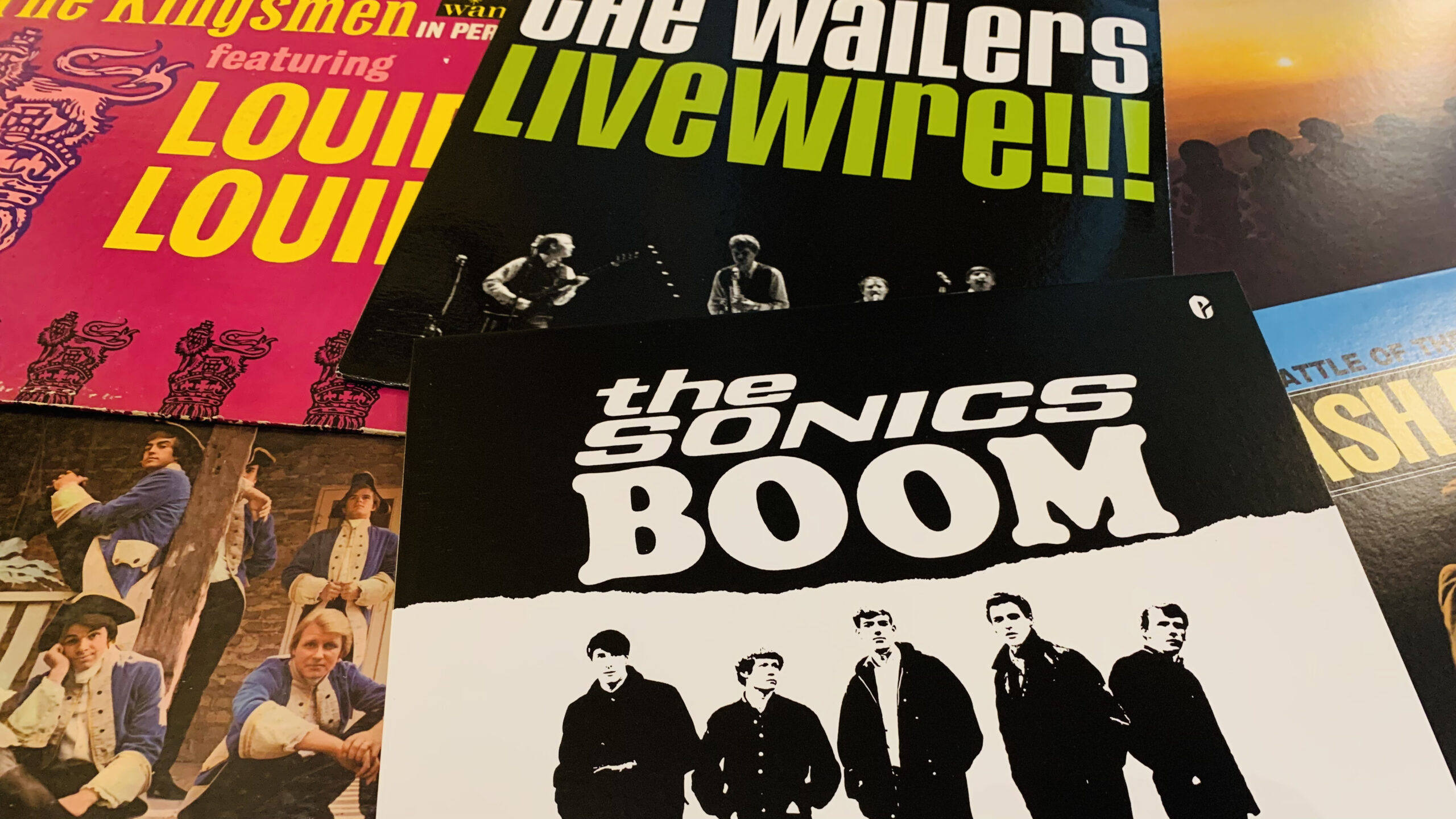
Just as every region of the United States has its own dialect, social graces, and concept of what exactly constitutes barbecue, the various corners of the country each had their own unique variety of garage rock during the genre’s mid-sixties heyday. Among the most fertile scenes was the one found in the Pacific Northwest, a region that in many ways still seemed culturally isolated – or insulated – from the rest of the nation.
That sense of isolation was only somewhat accurate. After all, cities like Seattle, Washington and Portland, Oregon had been firmly integrated into the national economy by the time of World War II, and the trends that characterized pop culture in New York, Chicago, and Los Angeles echoed in the television and radio broadcasts that blared like a siren across the Northwest. Despite this, the eccentricity and idiosyncrasies that continue to define the upper left coast reverberated in the hordes of bands and artists who sought to carve out their share in the wake of The Beatles’ arrival in America.
So, what then defines the difference of Pacific Northwest garage rock? Above all else, it’s volume. Northwest bands were plentiful, and their abundance made the scene highly competitive. To gain an edge on their rivals, Northwest garage bands would push their live performances to the maximum intensity, cranking their Fender and Sunn amplifiers to the highest volumes tolerable. In turn, drummers hit the skins harder, and singers pushed the limits of their voices.
This intensity was also reflected in the “record in red” philosophy displayed by the region’s audio engineers (such as the legendary Kearney Barton) and record labels like Dolton, Jerden, Piccadilly, and Panorama. The best recordings from the scene still bristle with excitement, and while one might similarly claim that punk was born in Michigan or Texas, it’s hard not to hear its emergence in the work of Tacoma’s Sonics, Seattle’s Dimensions, or Portland’s Lollipop Shoppe.
Aside from volume, there’s a defiantly lo-fi/D.I.Y. nature to most of the Northwest rock of the sixties. It’s only fitting that the best-known song to emerge from the scene – The Kingsmen’s 1963 take on “Louie Louie” – is almost certainly the sloppiest recording to ever hit the American top ten. However, despite the homemade sound of the tracks presented here, they often display remarkable songwriting, solid performances, and shrewd production techniques. Ultimately, grittiness (a generation later, a different “g-word” would be used to describe the region’s distinct sound) stands as a mark of authenticity for these two-and-a-half-dozen recordings.
A few notes about the playlist: I opted to include a handful of heavy-hitters – among them The Kingsmen’s aforementioned smash hit – but primarily focused on groups that failed to make an impact outside of the Pacific Northwest; unfortunately there were a few Spotify-absent casualties, so the YouTube playlist that appears first is the complete/preferable version; I generally favored original material, though there are a few choice covers presented; finally, as a Portlander, I’m a bit dismayed by the dominance of Seattle (twelve of the thirty tracks are by bands that hailed from the Emerald City), but I think my town does just fine for itself here – plus, our record stores are better…
*(2/24/23) It seems like this piece is getting some traction. For those interested, check out the rest of our regional garage rock features at this link.*

We begin with the most important of all Pacific Northwest garage songs. One of only two tracks on this playlist to be a legitimate national hit – reaching number two on the Billboard chart in late 1963 – “Louie Louie” was recorded at Portland’s Northwestern Inc. for $50. Not a bad investment for a band that, at that point, had already been together for four years. “Louie Louie” was a PNW garage band staple well before The Kingsmen recorded it, but their shambolic take struck a nerve with a national audience. It may come off as somewhat rote today, but for the aspiring young musicians who heard it in the mid-sixties, “Louie Louie” seemed to open up a tantalizing (and attainable) world of possibilities.
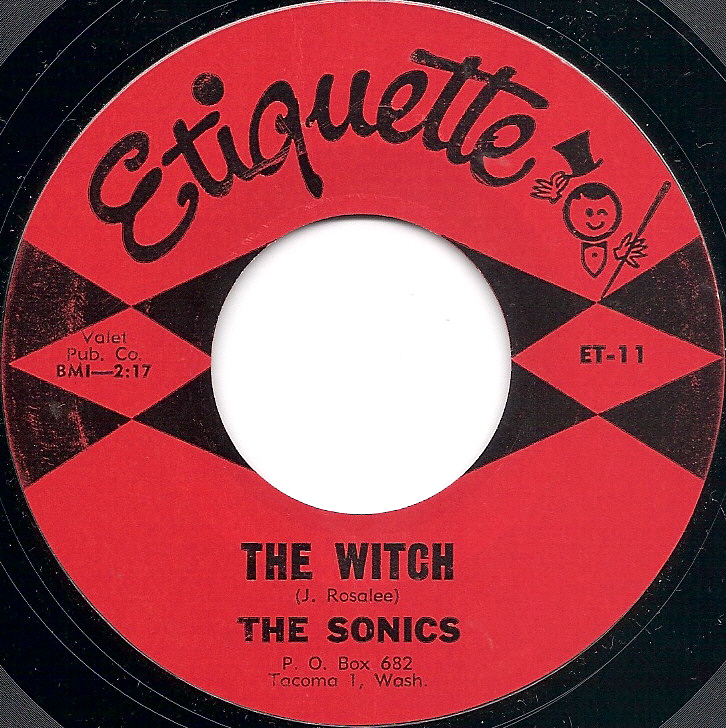
Recorded and released in 1964, The Sonics’ “The Witch” is the epitome of sixties punk, with its slashing power chords, overdriven drums, warbling organ, and the unhinged vocals of Gerry Roslie. Roslie originally envisioned the track as a “dance fad” song, but in a fit of inspiration, turned it into a cautionary tale about a character as sinister as the musical backing. “The Witch” would become a regional smash due to incessant local radio play, but it ultimately failed to chart nationally. In time however, the song – which was repurposed as the opening track to the group’s 1965 debut LP, Here Are The Sonics!!! – would be rightfully acknowledged as a landmark of sixties rock. Few tracks of its era can match its ferocity, though many would try.
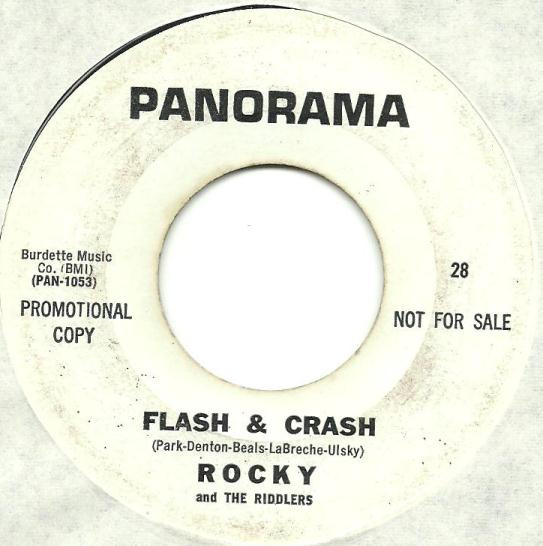
Hailing from Seattle, Rocky and The Riddlers formed from the ashes of the short-lived Rocky & His Friends. The reconfigured group would release just one single, headed by a largely-forgettable ode to Batman. However, its B-side is a certified PNW garage classic. “Flash & Crash” has found a home on many a sixties garage compilation, including the 2000 BeatRocket release, Northwest Battle of the Bands Vol. 1, whose subtitle paid homage to this killer track.
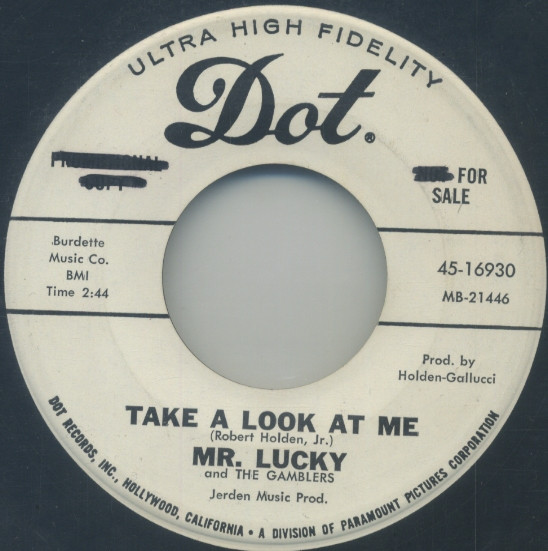
From the small Oregon coast town of Newport, Mr. Lucky and The Gamblers would release four singles (on three different labels) from 1965-67. Regulars on the Portland dance scene, the group opened for Buffalo Springfield at the Crystal Ballroom before splitting up in 1967. While their final single, 1967’s “Alice Designs,” may be their most impressive recording, the previous year’s “Take a Look at Me” is the best example of their garage-inspired sound.
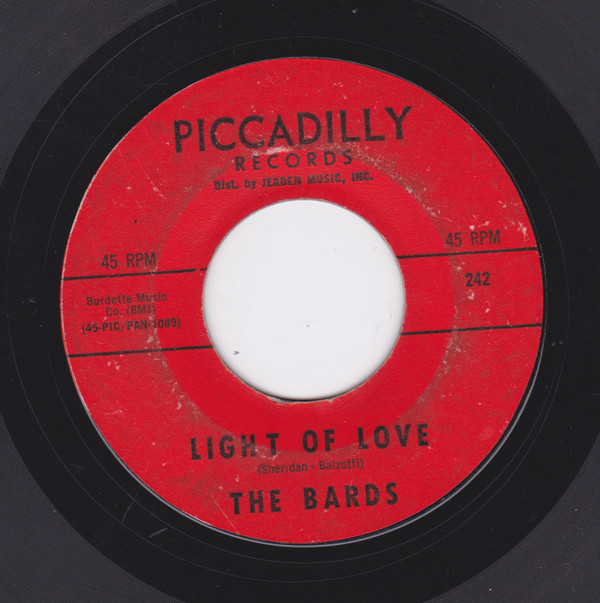
From Moses Lake, Washington, The Bards released a handful of singles throughout the sixties – the best-known of which is the kind-of-dumb “The Owl and the Pussycat.” The B-side to that 1966 single is a winner though. Jangly and Beatle-esque, “Light of Love” reminds the listener that this is still a PNW garage band, with its swirling organ and pounding drums in the chorus. This is easily one of my personal favorites on this list.
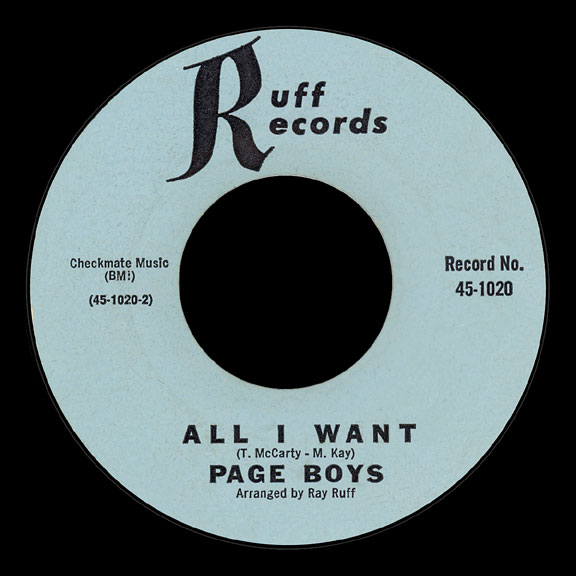
Another Moses Lake band – not bad for a town whose population hovered around 10,000 in the mid-sixties – The Page Boys’ 1965 A-side “Our Love” is an atmospheric, minor-key number that shows a different, more contemplative side of the PNW garage rock sound. Contemporaries with The Sonics, The Page Boys never registered as more than a blip on the scene, but this is a mesmerizing number from a largely-forgotten group.
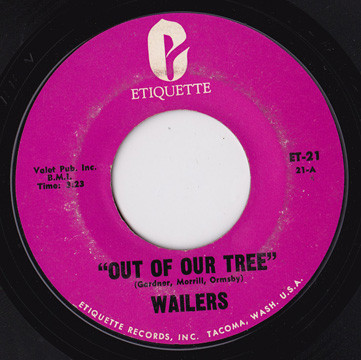
Formed in 1958, Tacoma’s Wailers (aka The Fabulous Wailers) were practically elder statesmen on the regional garage rock scene by the time that “Louie Louie” raced up the charts in late-1963; in fact, they had introduced The Kingsmen to the song with their own 1961 version. Reinvigorated by the success of their local counterparts in The Sonics, The Wailers turned in their greatest track with 1965’s “Out of Our Tree.” The pounding drums, group-shouted vocals, and incessant fuzz guitar riff combine to make it one of the true classics of the scene.
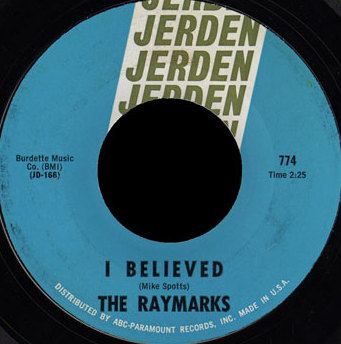
The A-side to the third (and final) single from Bremerton, Washington’s The Raymarks, “I Believed” rides a fast-paced, herky jerky rhythm to a surprisingly infectious result. The track has become a fixture on PNW garage rock compilations, and it stands as one of the finest exemplars of the energy, hooks, and dynamics that defined the scene.
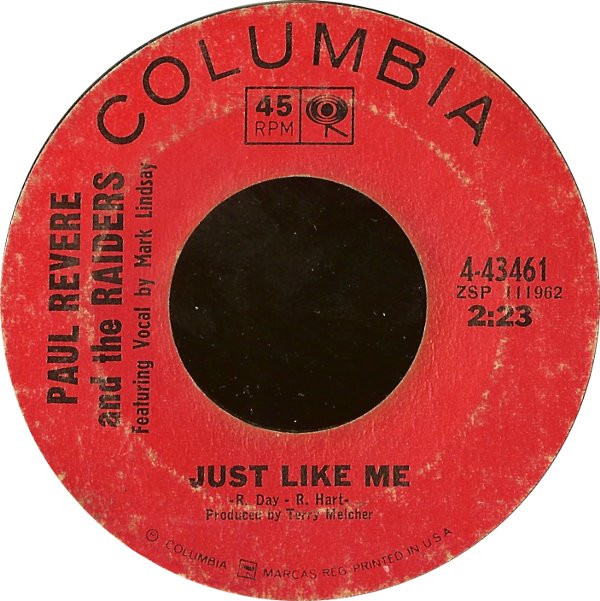
Alongside The Kingsmen, Boise’s Paul Revere & The Raiders were one of two groups on this list to achieve widespread national attention. With a string of hit singles, The Raiders were among the most successful American “responses” to the British Invasion, despite the fact that they actually formed in 1958. “Just Like Me” is one of their most endearing tracks, due to its explosive chorus and an excellent double-tracked guitar solo from Drake Levin. The Raiders may have been too commercially-oriented to epitomize garage rock, but this is a fantastic example of the genre.
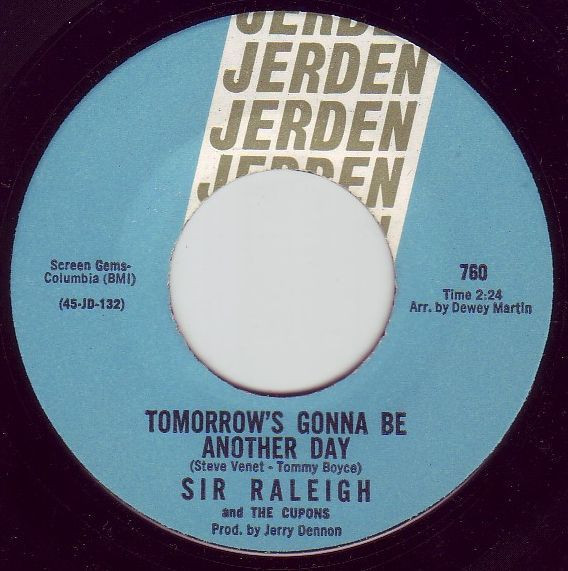
The best-known track from Seattle’s Sir Raleigh and The Coupons, “Tomorrow’s Gonna Be Another Day” shows clear evidence that the British Invasion had reached the Pacific Northwest by early 1965. With a strong vocal performance by Dewey Martin – who would join Buffalo Springfield the following year – “Tomorrow” is a fine track from a short-lived group.
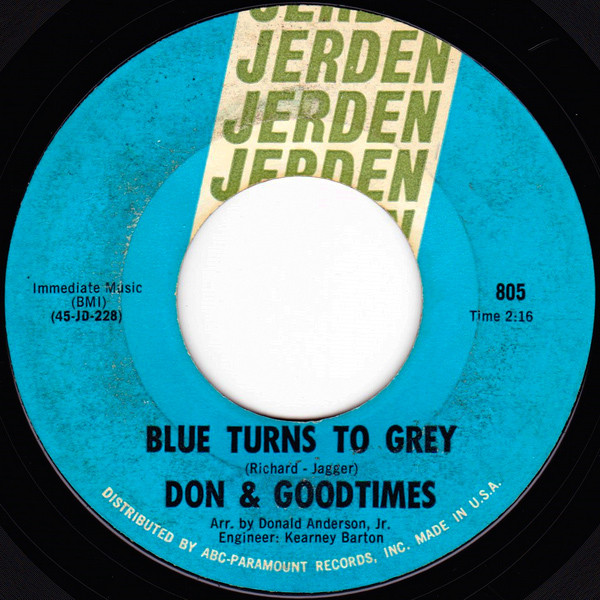
The British Invasion influence is particularly strong on this one too – especially since it’s a Rolling Stones cover. In fact, I’d argue that this recording from Portland’s Don & The Goodtimes – a group formed by ex-members of The Kingsmen – surpasses the Stones’ original take from December’s Children. The flip-side, “I’m Real,” is also strong – and an original composition to boot – but the fuzz guitar and charming group vocals make the A-side the winner here.
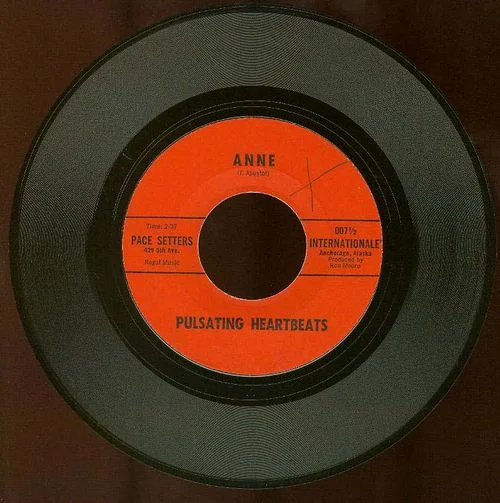
Alaska isn’t always remembered as such, but it is actually included in most definitions of the Pacific Northwest. Unsurprisingly, the Last Frontier wasn’t exactly a hotbed of garage rock in the sixties, but there were a handful of local acts that managed to make it into the studio nonetheless. Anchorage’s Pulsating Heartbeats released the chiming “Anne” as the A-side to their only single, and even though it emerged thousands of miles away from any scene that could be described as “thriving,” one wouldn’t guess so by listening to it.
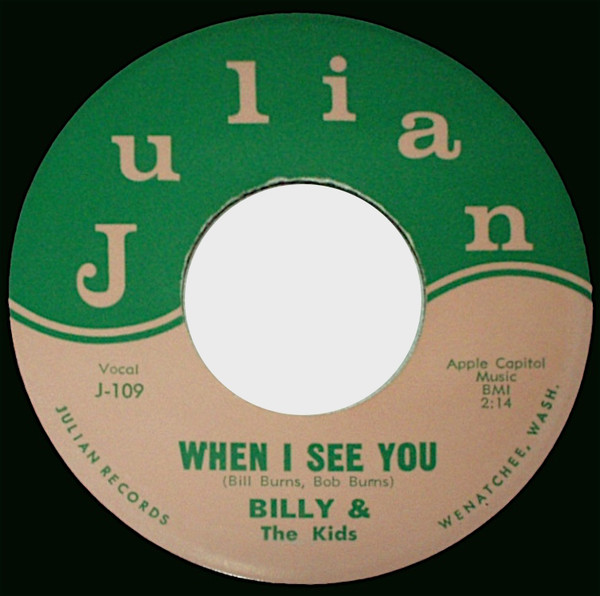
A riveting blast of proto-punk from the small town of Wenatchee, Washington, “When I See You” was an impressive statement from the accurately-named Billy & The Kids. The young band’s rapid pace, spirited performances, and tease of the then-recent “Paint It Black” make for a recording that remains compelling decades down the road.
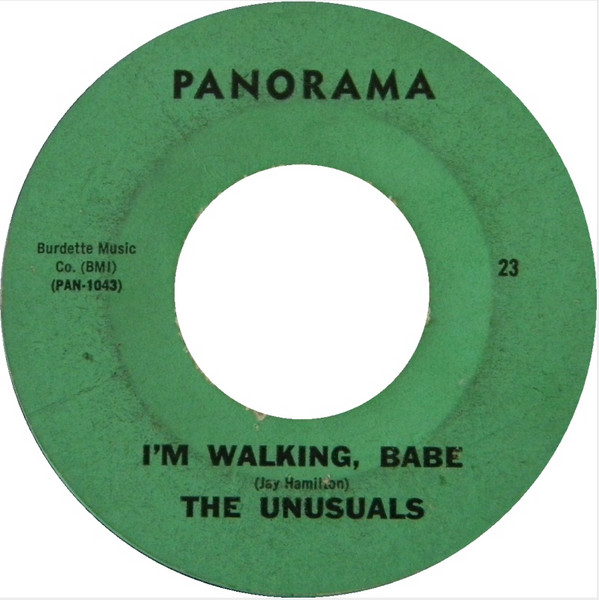
The Seattle sound had certainly made its way north to Bellingham, Washington by the time of this 1965 recording. Originally known as The Bellingham Accents, “I’m Walking, Babe” was the B-side of the group’s first release as The Unusuals. The lead vocal was performed by bassist Harvey Redmond – as opposed to regular vocalist Kathi McDonald, who would later sing for Big Brother & The Holding Company after Janis Joplin’s departure – and it’s a captivating track whose musical insistence fits its lyrical theme.

A regular on the “Battle of the Bands” circuit of the PNW, Seattle’s The Dimensions scored a regional hit with their 1966 single, “She’s Boss.” For my money, it’s the A-side to the group’s only other single, “Knock You Flat,” that stands as their peak. Slinky guitar lines and a sinister vocal part make it a standout track from another band with a much-too-small discography.
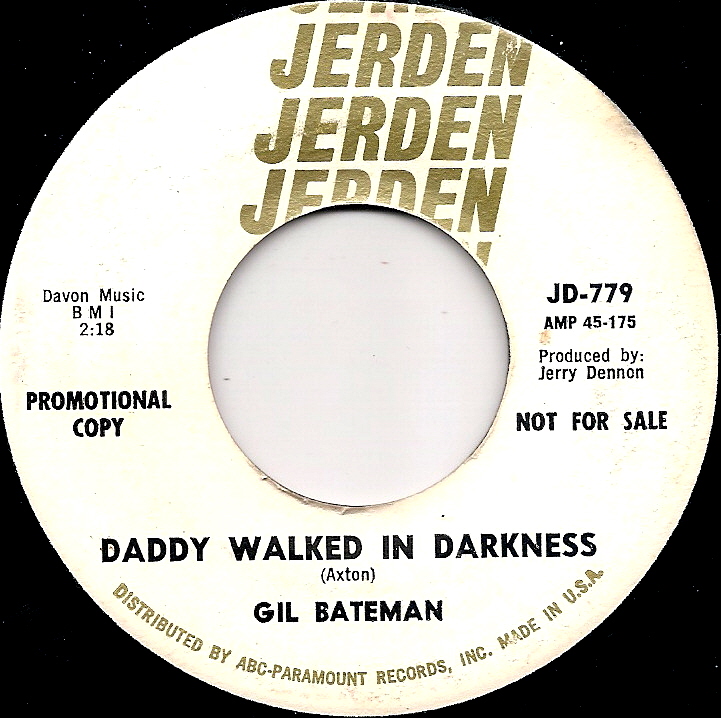
This one will undoubtedly sound familiar. Though it’s a cover of folksinger Hoyt Axton’s relatively obscure “Daddy Walked In Darkness,” it borrows a musical arrangement from the then-recent hit by The Animals, “House of the Rising Sun.” Gil Bateman – a Seattleite who also produced the likes of The Bards – delivers a powerful vocal performance, as the thrashing, clanking instrumentation behind him provides a haunting backdrop.
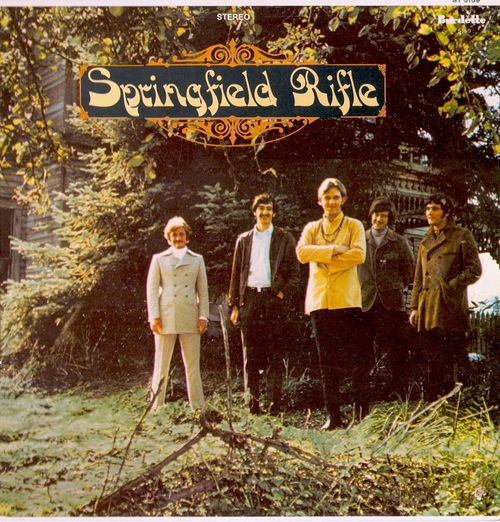
While much of their music veered toward psychedelia and sunshine pop, The Springfield Rifle’s affiliation with the Jerden label kept the Seattle quintet on the periphery of the garage rock scene. This highlight from the group’s 1968 self-titled debut LP shows a decidedly baroque influence, but its hazy production proves its spiritual closeness to the band’s PNW contemporaries.
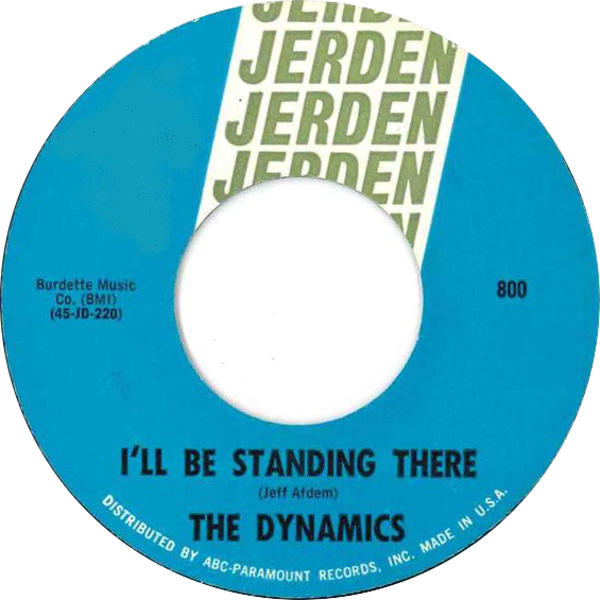
A halfway point between the previous track’s chamber pop sound and the rock exemplified on most of this playlist, this B-side to The Dynamics’ final single is an alluring recording from yet another Seattle-based group. While previous tracks have shown the omnipresent influence of The Beatles and Stones, it’s The Zombies whose sound hovers over this one, in both its moody soundscape and baroque affectations.
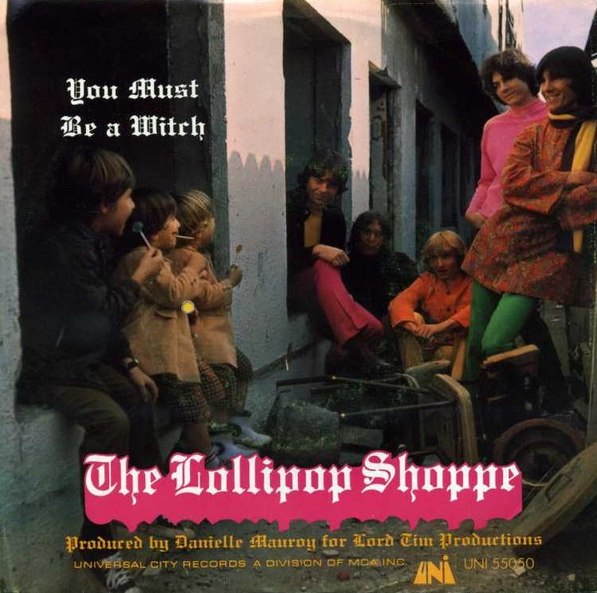
You wouldn’t expect it from a band called The Lollipop Shoppe, but this is effectively a full-blown punk song from 1968. The A-side to their first single – and leadoff track from their lone album, 1968’s Just Color – “You Must Be a Witch” is a ferocious blast of dark rock from the Portland group formerly known as The Weeds. Though The Lollipop Shoppe would break up shortly after Just Color, the band’s leader, Fred Cole, would remain in Portland, becoming a bonafide local legend while playing in groups such as The Rats, Pierced Arrows, Range Rats, and Dead Moon.
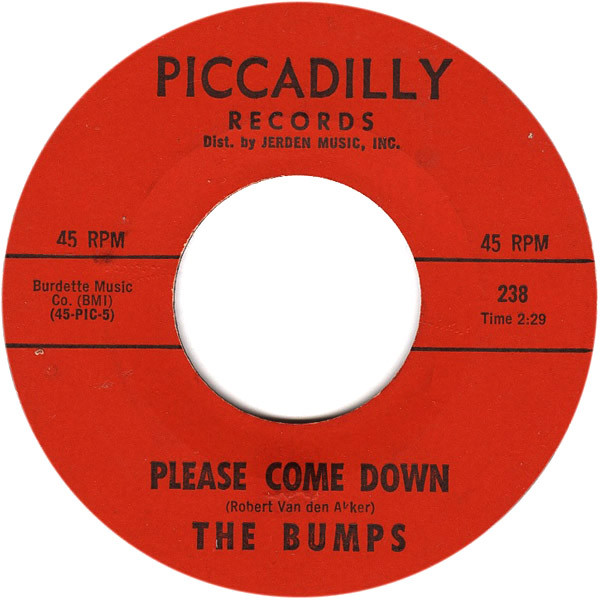
Continuing a streak of darker songs, this 1967 A-side from Seattle’s Bumps brings an element of psychedelia into the regional garage rock sound. “Please Come Down” is a hypnotic track, with its tremolo guitar, ominous organ, and moody vocals combining to leave a lasting impression. Like most of the bands on this list, The Bumps wouldn’t release much music – just ten songs in total – but this one is a genuine classic.
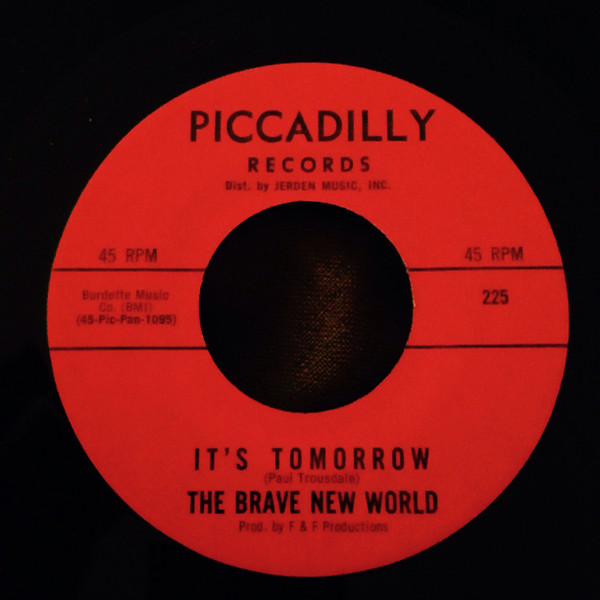
Then again, ten songs is downright prolific compared to the output of Seattle’s Brave New World. The A-side to their only single, “It’s Tomorrow” is a tantalizing glimpse into a promising band, and one that could’ve made a real impact. Though it was initially released by the local Piccadilly Records, “It’s Tomorrow” would be picked up by Epic for a 1967 reissue. However, the track failed to catch fire, and the group eventually dissolved.
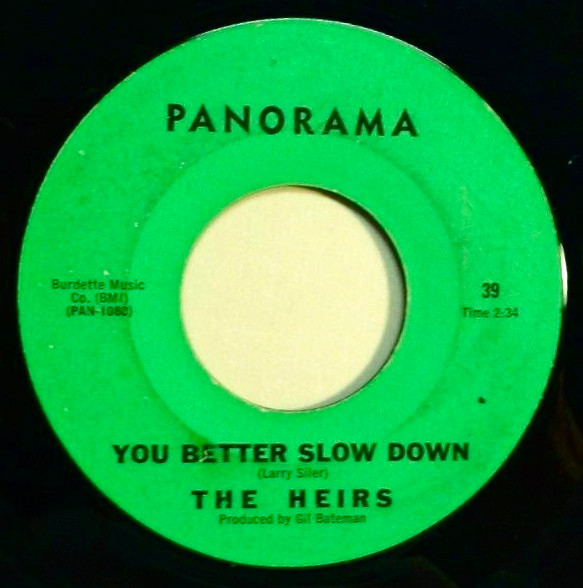
Sticking with moodier themes, this 1966 track was released as the only A-side by the Eugene, Oregon group The Heirs. While the musicianship is far from virtuosic, “You Better Slow Down” conjures an impressively vivid atmosphere in a compact setting. The group would change their name to X-25 for the release of one more single in 1967, but no further surviving recordings exist.

The tiny community of Blue River, Oregon doesn’t even register as a proper town, but it produced a genuine garage classic in Little John and The Monks’ lone A-side. Sinister and bleak, “Black Winds” matches its ominous lyrics with an appropriately foreboding musical backdrop to create one of the most memorable tracks to emerge from the PNW in the mid-sixties.
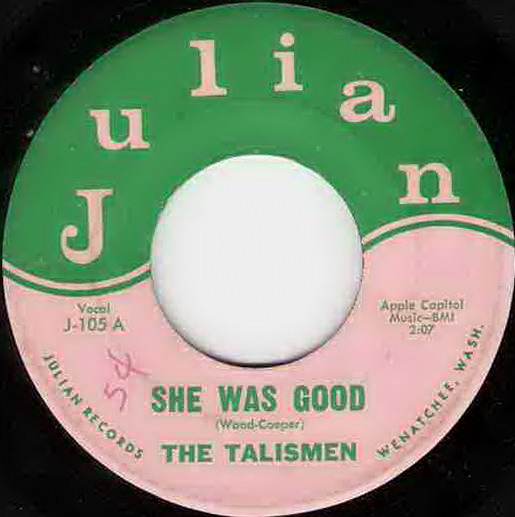
Featuring some of the same personnel as Billy & The Kids, The Talismen were another moderately successful band from Wenatchee, Washington. Their debut release was a split-45 with the local singing duo, Debbie & Gaylis. “She Was Good” features a powerful performance from vocalist/guitarist John Wood, who co-wrote the track with guitarist Jack Cooper.
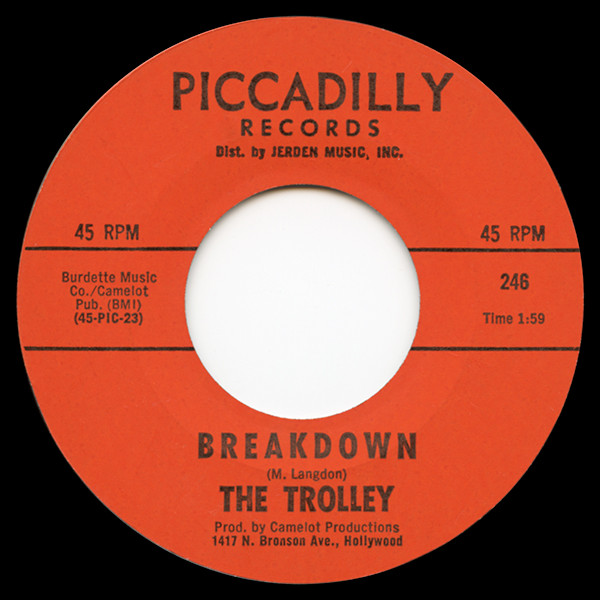
Also known as Peppermint Trolley, Seattle’s Trolley would release just one single on the local Piccadilly Records label. It’s the B-side of that single, “Breakdown,” that stands as the group’s best track. Dark, jangly, and featuring strong group vocals, “Breakdown” is yet another example of an impressively rich track from a band with a frustratingly limited output.
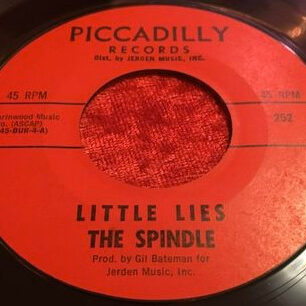
Showing another evolutionary direction of the garage rock sound, this 1968 A-side from the Bremerton, Washington group, The Spindles, incorporates the thick harmonies of contemporary folk rock. “Little Lies” would be a minor regional hit for the band, but they would only release one more single before breaking up in 1968.
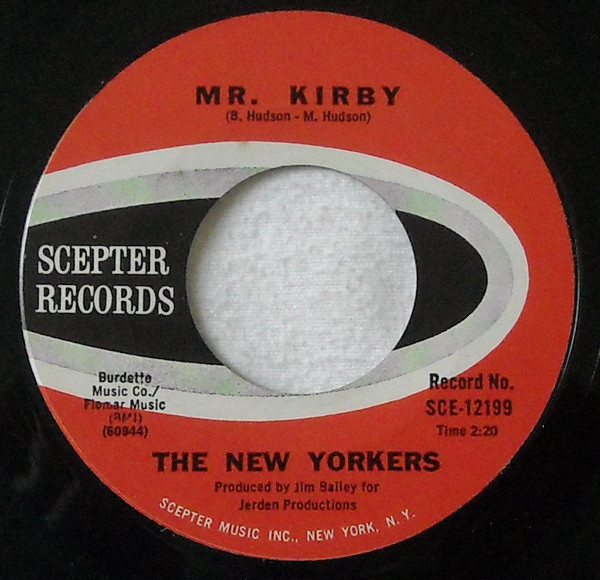
Even though I consider The Sonics to be the cream of the crop, of all the bands here, I had the hardest time picking just a single track from Portland’s The New Yorkers – who would go on to wider success in the seventies as The Hudson Brothers. While the A-side to this 1967 single, “Seeds of Spring,” is an effervescent piece of garage pop, I ultimately opted for its psych rock B-side. “Mr. Kirby” is part Beatles, part Kinks, and entirely badass.

Formed in Salem, Oregon in 1965, The Live Five released half-a-dozen singles on the Panorama and Piccadilly labels between 1966-67. Of these, 1966’s “Hunose” is one of the best, as it skillfully blends the emergent baroque pop styling (note the presence of harpsichord) with the fast-paced, driving sound that had come to define the PNW garage scene.
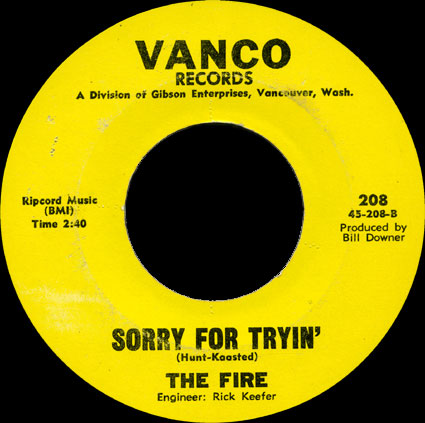
Back to some garage basics as we approach the end, “Sorry for Tryin'” is a cracking track from Portland’s The Fire. Fronted by a pair of female singers in April Brooks and Candy Hunt – the latter of whom co-wrote this track with guitarist Jeff Kaasted – the band establishes an impressive rhythmic groove on “Sorry.”
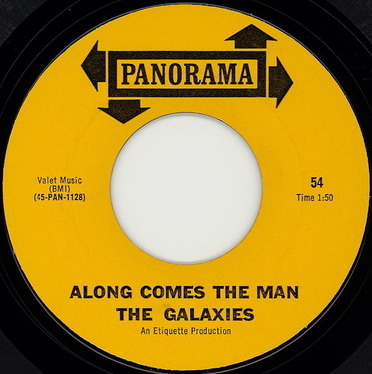
While they formed in 1960, it wasn’t until 1967 that Tacoma’s The Galaxies reached their apex. A thrilling rapid-fire rave-up with great guitar work and group harmonies, “Along Comes the Man” is a should-have-been hit that has to settle for the status of a lost classic. Incidentally, this would be the last single released by the group before breaking up in 1967. However, the band apparently reformed in 2008 to perform their first concert in over forty years.


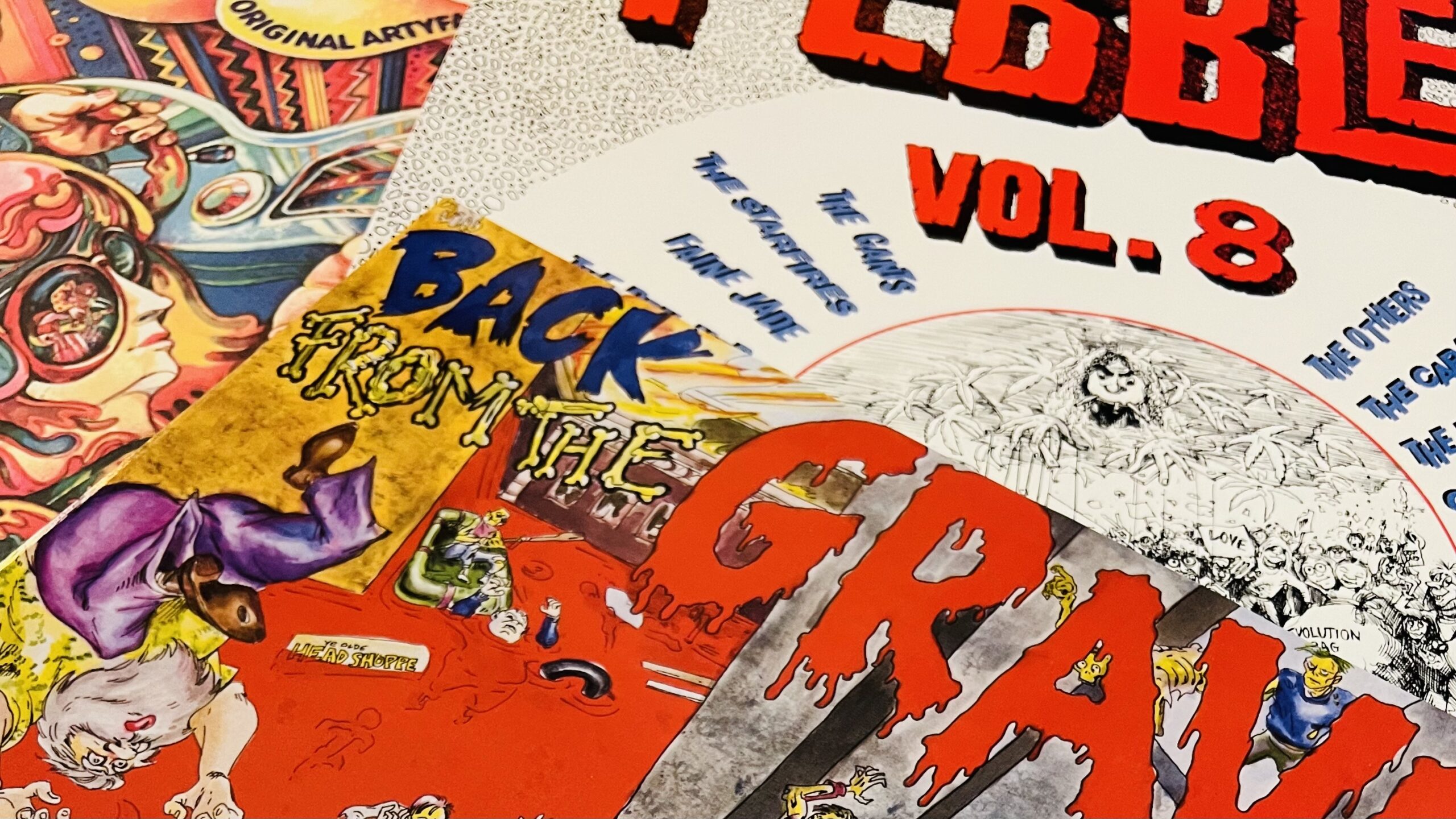
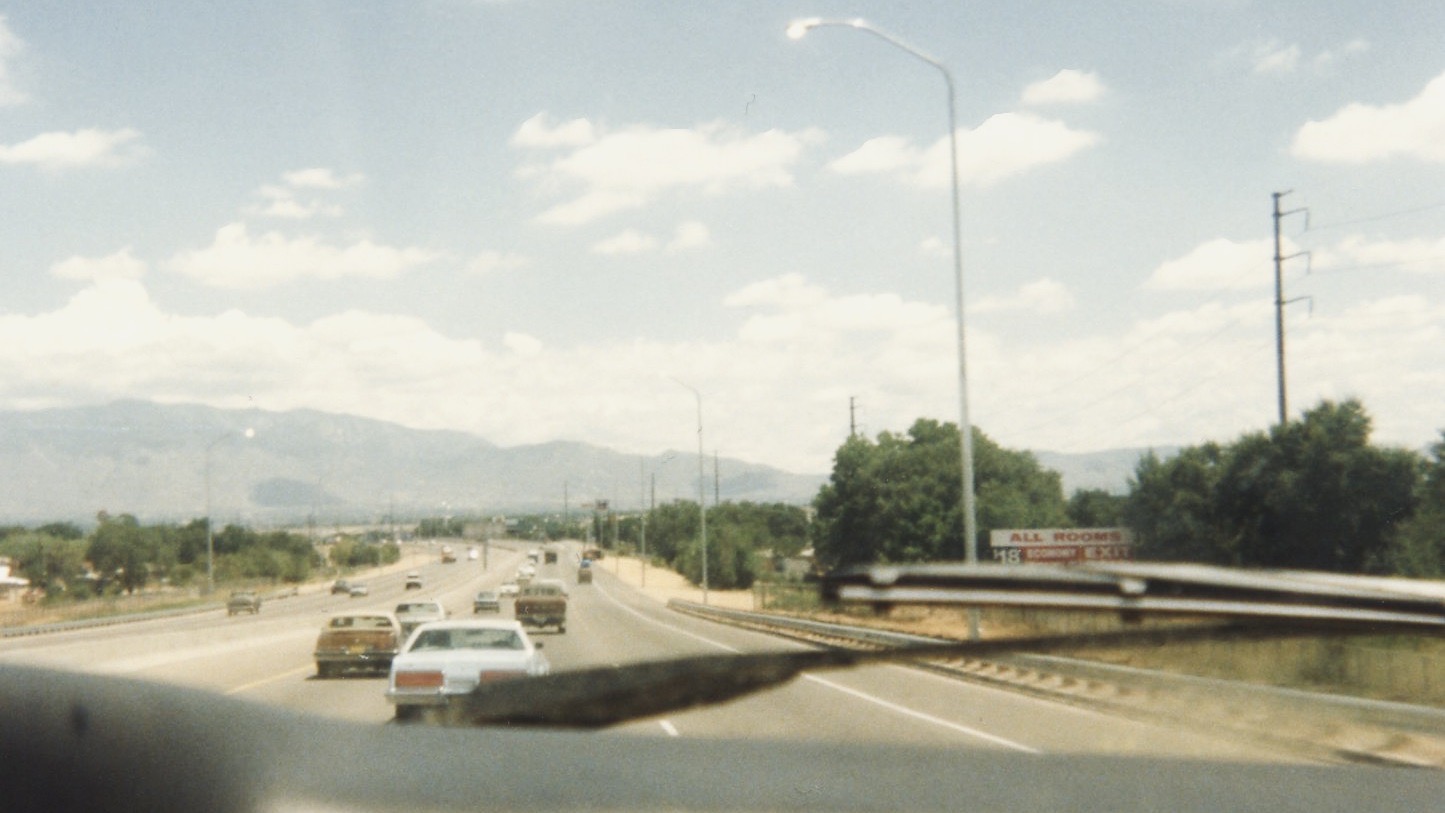
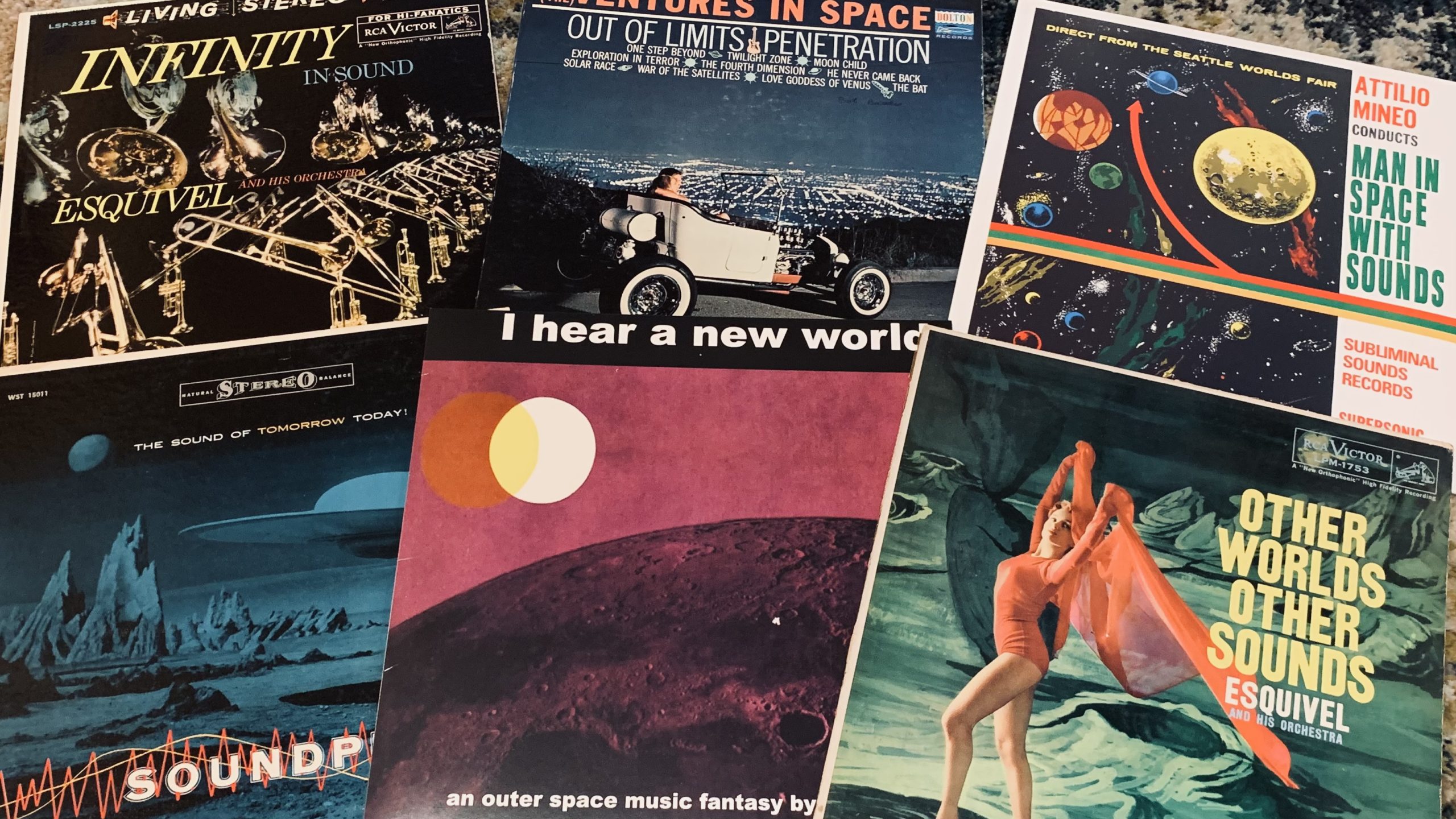
Thanks to everyone checking out this feature! Find more in our garage rock series here:
http://strangecurrenciesmusic.com/the-american-garage-rock-road-trip/
Is there any chance someone will but a book together from this time frame? It had so much influence and is really interesting.